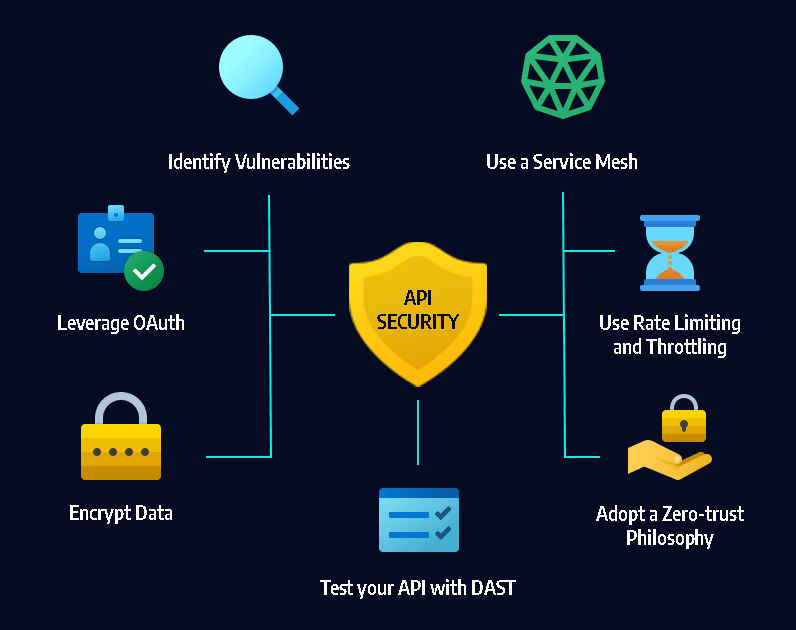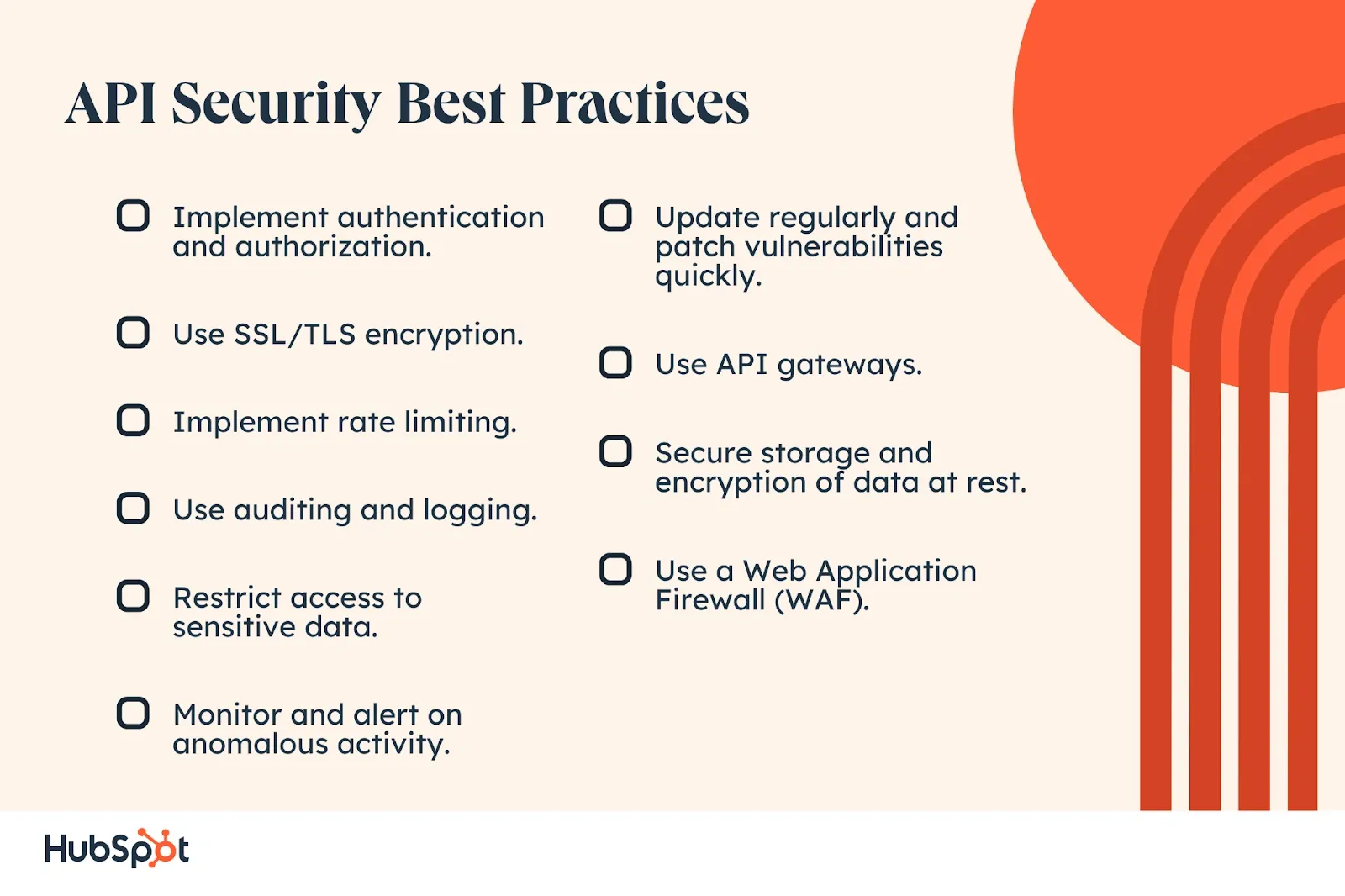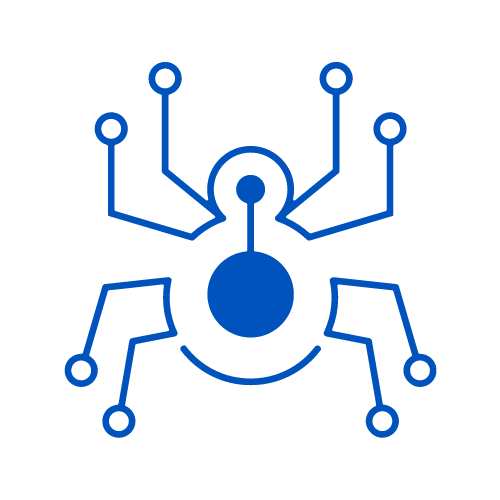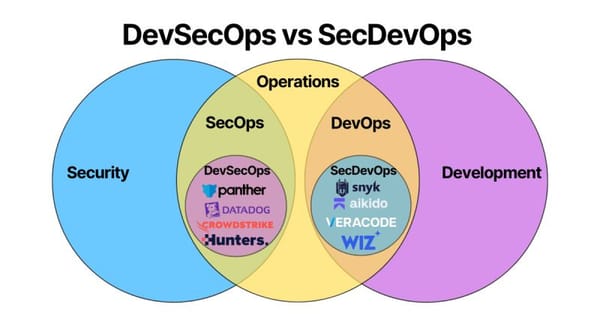Exploiting Vulnerabilities: A Deep Dive into API Exploitation, DevSecOps, Cloud Security, GitHub Best Practices, and Secure Coding


1. API Exploitation
APIs are integral to modern applications, but they also introduce unique security challenges. Understanding and mitigating these vulnerabilities is crucial.
Common API Vulnerabilities
- Broken Object Level Authorization (BOLA)
- Description: Occurs when an API does not properly enforce access controls for object identifiers.
- Exploitation: Attackers can manipulate object IDs to access unauthorized data.
- Mitigation: Implement object-level authorization checks and use an API gateway.
- Broken User Authentication
- Description: Inadequate authentication mechanisms allow unauthorized access.
- Exploitation: Attackers can bypass authentication to gain access.
- Mitigation: Use robust authentication protocols like OAuth 2.0 and OpenID Connect.
- Excessive Data Exposure
- Description: APIs expose more data than necessary.
- Exploitation: Attackers can extract sensitive information.
- Mitigation: Implement data filtering and limit data exposure.
- Lack of Resources & Rate Limiting
- Description: APIs do not limit resource usage.
- Exploitation: Attackers can perform Denial of Service (DoS) attacks.
- Mitigation: Implement rate limiting and resource quotas.
- Mass Assignment
- Description: APIs automatically bind user inputs to data models.
- Exploitation: Attackers can modify sensitive fields.
- Mitigation: Use whitelisting to control which fields can be modified.
Exploitation Techniques
- Parameter Tampering: Modify parameters in API requests to bypass security controls.
- Injection Attacks: Inject malicious code into API requests to exploit vulnerabilities.
- Replay Attacks: Capture and reuse valid API requests to perform unauthorized actions.
Mitigation Strategies
- Input Validation: Validate and sanitize all inputs.
- Authentication and Authorization: Implement strong authentication and authorization mechanisms.
- Encryption: Encrypt data in transit and at rest using protocols like HTTPS and TLS.
- Logging and Monitoring: Monitor API usage and log suspicious activities.
2. DevSecOps
DevSecOps integrates security into the entire DevOps lifecycle, ensuring continuous security from development to deployment.
Best Practices
- Integrate Security into CI/CD Pipelines
- Description: Embed security checks into continuous integration and continuous deployment pipelines.
- Tools: Jenkins, GitLab CI/CD, CircleCI.
- Example: Use static code analysis tools to check for vulnerabilities during the build process.
- Automated Security Testing
- Description: Automate security testing to identify vulnerabilities early.
- Tools: OWASP ZAP, Fortify, Snyk.
- Example: Run dynamic application security testing (DAST) as part of the CI/CD pipeline.
- Infrastructure as Code (IaC)
- Description: Manage infrastructure using code to ensure consistent and secure configurations.
- Tools: Terraform, AWS CloudFormation.
- Example: Use Terraform to define and deploy secure cloud infrastructure.
- Continuous Monitoring
- Description: Continuously monitor applications and infrastructure for security threats.
- Tools: Prometheus, Grafana, Splunk.
- Example: Set up alerts for suspicious activities and potential security breaches.
Challenges
- Cultural Shift: Encouraging a security-first mindset across development and operations teams.
- Tool Integration: Ensuring security tools integrate seamlessly with existing DevOps workflows.
- Continuous Improvement: Regularly updating security practices and tools to address new threats.

3. Cloud Security
Securing cloud environments involves protecting data, applications, and infrastructure from threats.
Best Practices
- Identity and Access Management (IAM)
- Description: Control access to cloud resources using IAM policies.
- Tools: AWS IAM, Azure AD, Google Cloud IAM.
- Example: Implement least privilege access controls for all users and services.
- Data Encryption
- Description: Encrypt data both in transit and at rest.
- Tools: AWS KMS, Azure Key Vault, Google Cloud KMS.
- Example: Use AWS KMS to manage encryption keys for S3 buckets.
- Network Security
- Description: Protect cloud networks using security groups, firewalls, and VPNs.
- Tools: AWS Security Groups, Azure Network Security Groups, Google Cloud Firewalls.
- Example: Configure security groups to restrict inbound and outbound traffic to necessary ports.
- Compliance and Auditing
- Description: Ensure compliance with industry standards and perform regular audits.
- Tools: AWS Config, Azure Policy, Google Cloud Security Command Center.
- Example: Use AWS Config to monitor and enforce compliance with security policies.
4. GitHub (Code Repository Best Practices)
Securing code repositories is essential to protect intellectual property and prevent unauthorized access.
Best Practices
- Access Controls
- Description: Restrict access to repositories based on roles and responsibilities.
- Tools: GitHub Teams, GitHub Actions.
- Example: Use GitHub Teams to manage access permissions for different repositories.
- Secret Management
- Description: Store and manage secrets securely.
- Tools: GitHub Secrets, HashiCorp Vault.
- Example: Use GitHub Secrets to store API keys and credentials securely.
- Code Reviews
- Description: Implement peer code reviews to catch security issues early.
- Tools: GitHub Pull Requests, GitHub Actions.
- Example: Require code reviews for all pull requests before merging.
- Automated Security Scanning
- Description: Use automated tools to scan code for vulnerabilities.
- Tools: GitHub Dependabot, Snyk.
- Example: Enable Dependabot to automatically scan for and fix vulnerable dependencies.
5. Secure Coding
Writing secure code is fundamental to preventing vulnerabilities in software applications.
Best Practices
- Input Validation
- Description: Validate all inputs to prevent injection attacks.
- Example: Use regular expressions to validate email addresses and phone numbers.
- Output Encoding
- Description: Encode data before rendering it in the browser to prevent XSS attacks.
- Example: Use HTML entity encoding for user-generated content.
- Authentication and Authorization
- Description: Implement strong authentication and authorization mechanisms.
- Example: Use multi-factor authentication (MFA) and role-based access control (RBAC).
- Error Handling
- Description: Handle errors gracefully without exposing sensitive information.
- Example: Log detailed error messages on the server but display generic error messages to users.
- Secure Dependencies
- Description: Use secure and up-to-date libraries and frameworks.
- Example: Regularly update dependencies and use tools like OWASP Dependency-Check.
Conclusion
By understanding and implementing best practices for API exploitation, DevSecOps, cloud security, GitHub repository management, and secure coding, organizations can significantly enhance their security posture. Continuous learning and adaptation to new threats are essential to maintaining robust security in an ever-evolving landscape. For more detailed tutorials, screenshots, and videos, refer to the official documentation and community resources.
Citations:
[1] https://curity.io/resources/learn/owasp-top-ten/
[2] https://owasp.org/www-project-api-security/
[3] https://aptori.dev/blog/top-api-security-vulnerabilities-and-how-to-fix-them
[4] https://www.wiz.io/academy/devsecops-best-practices
[5] https://www.techrepublic.com/article/devsecops-best-practices/
[6] https://www.legitsecurity.com/blog/integrating-security-into-devops-a-step-by-step-guide
[7] https://apimike.com/api-vulnerabilities
[8] https://curity.io/resources/learn/api-security-best-practices/





